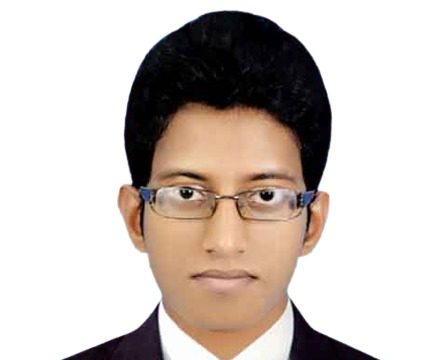By Florence Sipalla/CIMMYT
The CIMMYT-Africa seed systems team met in Nairobi, Kenya, on 7 February to take stock of progress in 2013, identify challenges and brainstorm on turning those challenges into opportunities. Global Maize Program (GMP) Director B.M. Prasanna and members of the breeding, communications and socioeconomics teams also attended.
The teams’ successes in 2013 included increasing the number of maize varieties released through the Drought Tolerant Maize for Africa (DTMA), Nutritious Maize for Ethiopia (NuME) and Water Efficient Maize for Africa (WEMA) projects; and seed multiplication and training for breeders, technicians and seed company managers in Angola, Botswana, Ethiopia, Lesotho, Malawi, Mozambique, Swaziland, Tanzania and Uganda. The DTMA project is funded by the Bill & Melinda Gates Foundation while NuME is funded by Canada’s Department of Foreign Affairs, Trade and Development (DFATD).
Seed Systems Lead John MacRobert facilitates a discussion session during the seed systems meeting held in Nairobi recently. Photo: Florence Sipalla
The team also discussed the successful dissemination and promotion of drought-tolerant maize varieties through demonstrations, field days, flyers, posters and radio and television programs in Ethiopia, Ghana, Malawi, Nigeria and Tanzania. In addition, seed systems staff collaborated with partners in conducting regional on-farm variety testing and participatory variety selection.
“The DTMA travelling workshop in southern Africa was a highlight for me,” said John MacRobert, the seed systems team leader, referring to the tour during which national partner participants and CIMMYT staff evaluated on-station trials and farmer groups’ demonstration plots in Malawi, Mozambique, Zambia and Zimbabwe in April 2013. Seed systems specialists based in Ethiopia, Kenya and Zimbabwe provide technical support to seed companies in the region through on-site visits and telephone or email consultations. This helps strengthen CIMMYT’s relationship with the seed companies, which received support to produce foundation seed, develop seed road maps and increase seed volumes.
The team also expanded seed production research at CIMMYT sites. “Significant steps have been made in quality assurance and control but this is an area of seed production that has to be institutionalized both in CIMMYT and with partners,” MacRobert said. In response to the emergence of maize lethal necrosis disease (MLN) and working closely with pathologists from CIMMYT and the Kenya Agricultural Research Institute (KARI), the team has put in place strategies to minimize the spread of the disease. “The CIMMYT-KARI team is screening germplasm and testing seed samples from different parts of Kenya to see if they have MLN-virus components,” explained CIMMYT pathologist George Mahuku. “We have evaluated over 2,000 CIMMYT inbred lines and over 2,000 experimental hybrids. We are also evaluating over 3,000 inbred lines and hybrids from seed companies and national agriculture research institutes at the MLN screening site in Naivasha.”
Keen to turn a challenge into an opportunity, the team is looking forward to to the marketing of MLN-resistant varieties, once the research is completed. The team lauded policy changes such as the 2013 decision to allow the use of machine harvesting of seed in Kenya, which benefits seed producers. Seed policy bottlenecks in the DTMA countries were also discussed with a view to engaging policy makers. “More than 28 percent of farmers in Uganda are using new varieties,” said DTMA Project Leader Tsedeke Abate, citing a recent adoption monitoring survey completed by a socioeconomics team led by Monica Fisher.
After nine years at CIMMYT, MacRobert will be leaving in March. “We deeply appreciate your hard work,” said Prasanna, acknowledging MacRobert’s contributions during his time at CIMMYT. “Having you was something special,” Abate added. “We acknowledge your contribution with a deep sense of respect and gratitude.” Prasanna also acknowledged the work of the former Socioeconomics Program (SEP) Director Bekele Shiferaw, who rebuilt the program and forged collaborations between the GMP and SEP.
 Climate adaptation and mitigation
Climate adaptation and mitigation 
